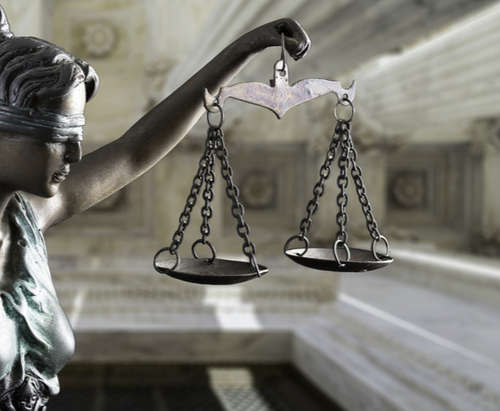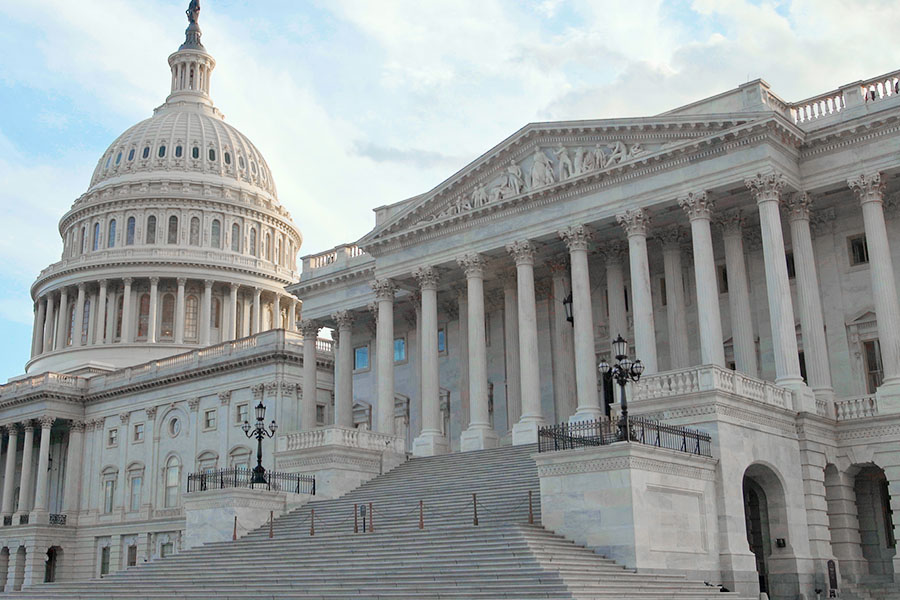Federal Rulemaking
Federal Rule of Evidence 611 - Illustrative Aids
The formal comment period for proposed amendments to FRE 611 is open. Comments MUST be submitted by February 16, 2023.
You must be an AAJ member to access this content.
If you are an active AAJ member, log in below to view this content. Not an AAJ member? Join today!
Log in



